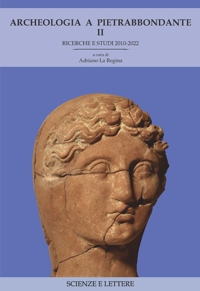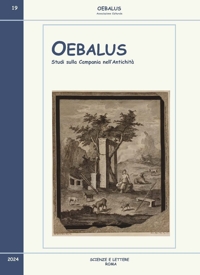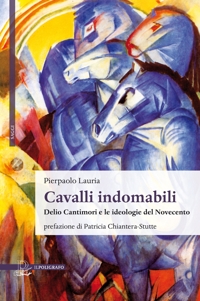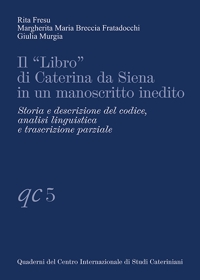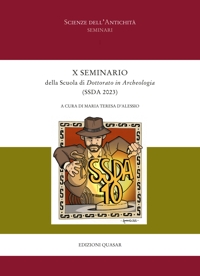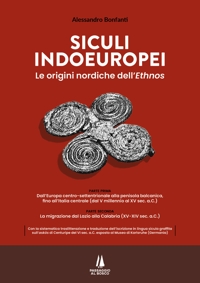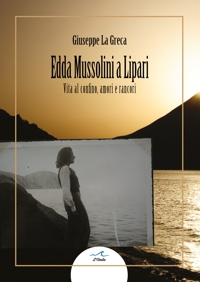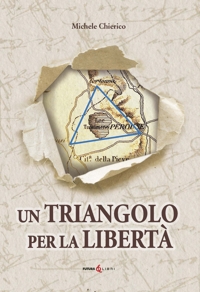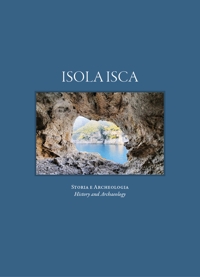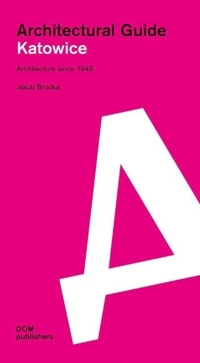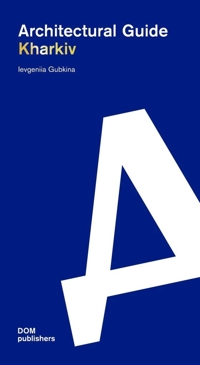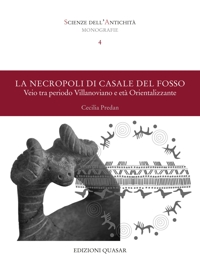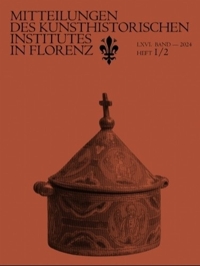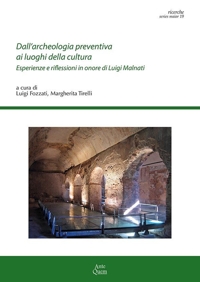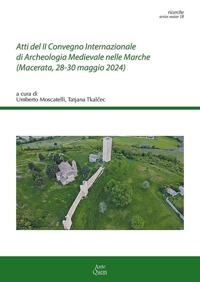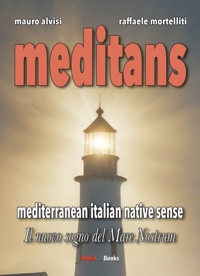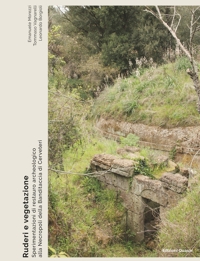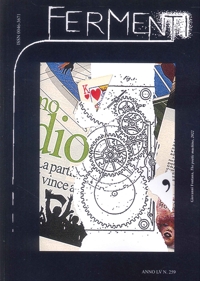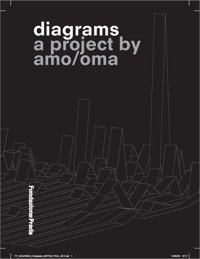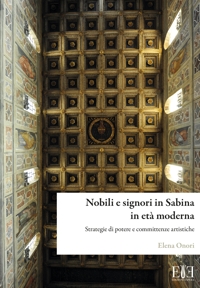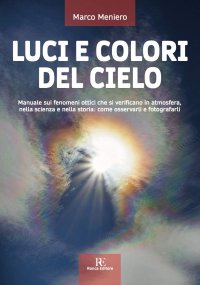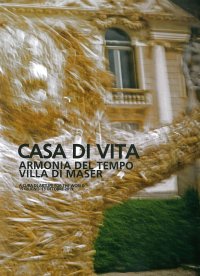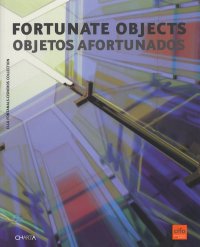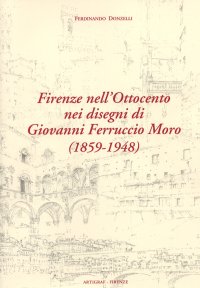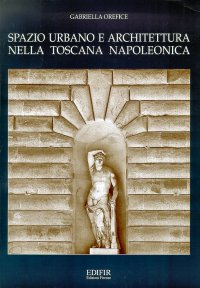Felice Palma. Massa 1583-1625. Collezione / Collection.
Texts by Andrei Cristina, Ciarlo Nicola, Federici Fabrizio, Claudio Casini and Sara Ragni.
Italian and English Text.
Pontedera, 2024; bound in a case, pp. 289, b/w and col. ill., b/w and col. plates, cm 24,5x34.
(L'Oro Bianco. Straordinari Dimenticati. The White Gold Forgotten Masters).
cover price: € 160.00
|
Books included in the offer:
Felice Palma. Massa 1583-1625. Collezione / Collection.
Texts by Andrei Cristina, Ciarlo Nicola, Federici Fabrizio, Claudio Casini and Sara Ragni.
Italian and English Text.
Pontedera, 2024; bound in a case, pp. 289, b/w and col. ill., b/w and col. plates, cm 24,5x34.
(L'Oro Bianco. Straordinari Dimenticati. The White Gold Forgotten Masters).
FREE (cover price: € 160.00)
Le botteghe del marmo
Italian and English Text.
Ospedaletto, 1992; bound, pp. 153, 10 b/w ill., 60 col. ill., cm 24x29.
(Immagine).
FREE (cover price: € 34.49)
Museo Stefano Bardini. I Bronzetti e gli Oggetti d'Uso in Bronzo
Edited by Nesi A.
Firenze, 2009; paperback, pp. 191, 102 b/w ill., 7 col. ill., cm 17x24,5.
(Museo Stefano Bardini).
FREE (cover price: € 30.00)
Bronzetti e Rilievi dal XV al XVIII Secolo
Bologna, 2015; 2 vols., bound in a case, pp. 729, ill., col. plates, cm 21,5x30,5.
FREE (cover price: € 90.00)
Giotto and the Flood of Florence in 1333. A Study in Catastrophism, Guild Organisation, and Art Technology
Erling S. Skaug
Gruppo Editoriale Giunti
English Text.
Firenze, 2013; clothbound, pp. 112, col. ill., cm 21x28.
(Cataloghi Arte).
series: Cataloghi Arte
ISBN: 88-09-79075-8 - EAN13: 9788809790759
Subject: Essays (Art or Architecture),Monographs (Painting and Drawing),Painting
Period: 0-1000 (0-XI) Ancient World,1000-1400 (XII-XIV) Middle Ages,1400-1800 (XV-XVIII) Renaissance
Places: Florence,Tuscany
Extra: Bizantyn Art
Languages: 
Weight: 0.86 kg
Federico Montaldo € 16.15
€ 17.00 -5 %
Fabio Gigante € 25.65
€ 27.00 -5 %
Wirth Oswald € 14.25
€ 15.00 -5 %











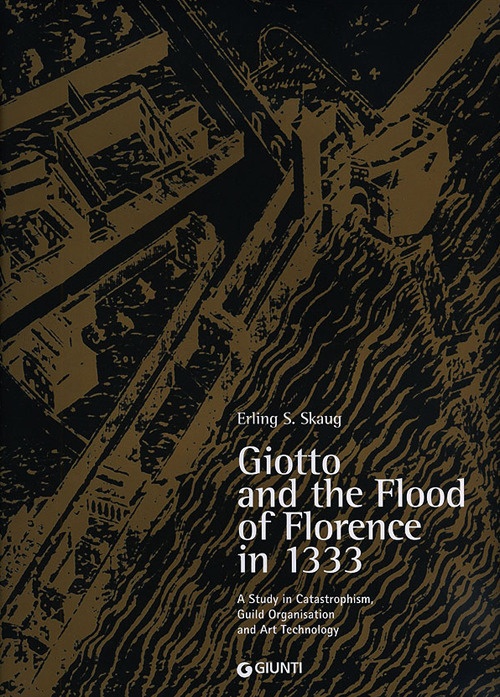
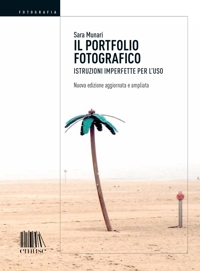
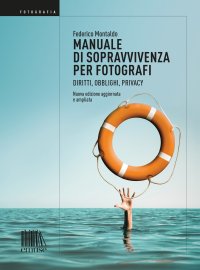
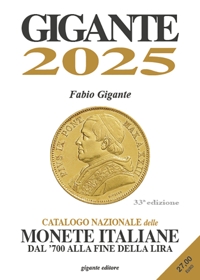
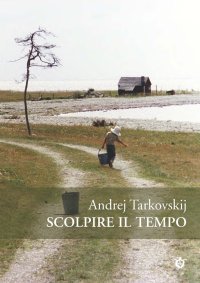




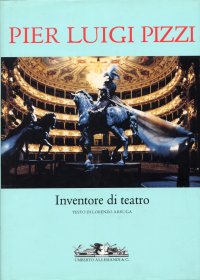

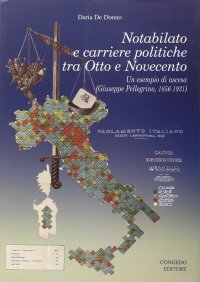


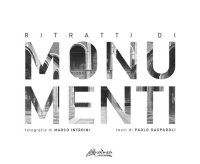
![Incantevole Puglia. Fra arte, storia e natura. [Edizione Italiana e Inglese]](https://immagini.libroco.it/copertine/IMMAGINI/3073/m-1536619.jpg)
